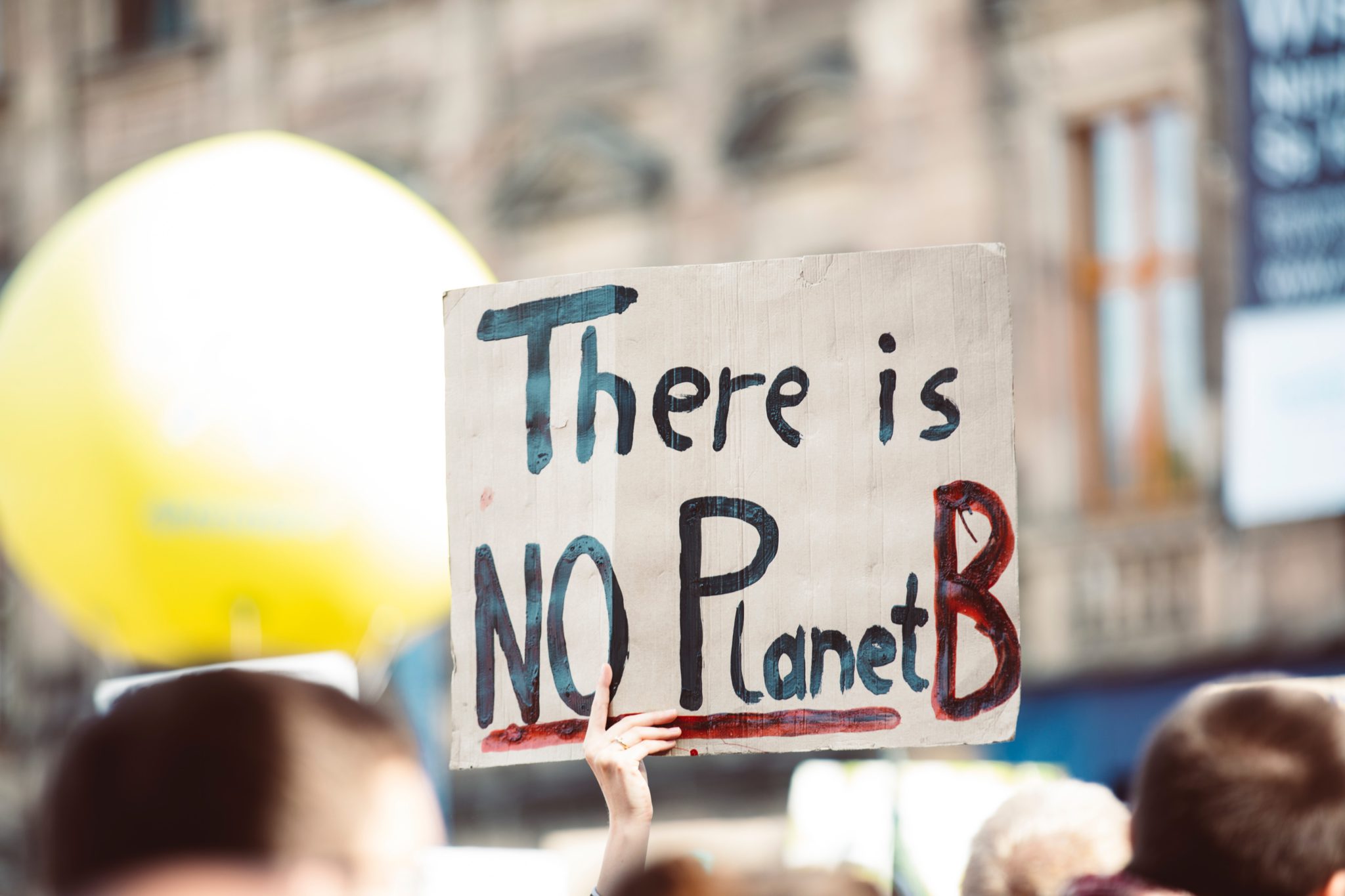The impact of human activity on the planet
According to the WWF’s Living Planet report, it is estimated that by 2030 the equivalent of two planets will be needed to meet humanity’s consumption demand. In order to get a picture of the problem, consider data in terms of ecological footprint, that is, measuring the impact of human activities on nature:
- In 1961, the Earth’s ecological footprint was estimated to be 70% of the Earth’s regenerative capacity.
- The Earth’s ecological footprint has exceeded the planet’s resource-generating capacity since the 1980s.
- The Earth’s ecological footprint exceeded the planet’s resource availability in 1999.
- Humanity is currently consuming 120% of what the planet produces.
What is the current situation?
We are currently living beyond our means in environmental terms. In terms of household economy, we are neck-deep in debt, spending more than our monthly salary, and we cover the deficit by using the inheritance left to us by our grandparents. Living in our times is a luxury that we cannot afford, I repeat, we are neck-deep in debt. Our way of living will create the future for generations to come, and in this sense, the message is clear: we cannot carry on with our lives as if they were ours alone.
Humanity is currently consuming 120% of what the planet produces. In terms of household economy, we are spending more than our monthly salary.
The Earth’s natural system is made up of four key interconnected elements: water, soil, air, and human, plant and animal biodiversity. In order to sustain the life of our planet, a transition towards sustainability has become a necessity for the transformation and systemic care of the four elements of the natural system. Let’s put each of them into context to understand the gravity of the situation:
Biodiversity: The term biodiversity is commonly applied to describe the quantity, variety and variability of living organisms. This broad usage encompasses many different parameters, and in this context biodiversity is actually a synonym for Life on Earth. Nowadays, the loss of biodiversity is a fact, over the last 10,000 years the rate of species extinction has accelerated dramatically. The three main causes of this loss of biodiversity are the destruction and fragmentation of natural habitats, the emergence of industrial agriculture and the acidification of the oceans.
Water: Rapid population growth and urbanisation are key factors in the world’s increasing demand for water for drinking, sanitation, food and energy. Today, more than 1/3 of the world’s population lives with water scarcity or where water is polluted. By 2025, it is expected that 2/3 of the population will meet this condition. By 2030, the world’s population is expected to reach 9 billion. By that time, 4 billion people are projected to live in areas under high water stress, so global freshwater demand will overshoot supply by more than 40% if the world continues with “business as usual” practices.

Atmosphere: For the first time in human history, the concentration of carbon dioxide in the atmosphere has exceeded 400 parts per million. CO2 has not been at this level for two and a half million years, and at that time in Earth’s history global temperatures were 2 to 3°C higher: the Arctic was ice-free, global weather patterns were completely different from today, sea levels were up to 40 metres higher and humans did not live on the planet. To give a rough idea, the safe level of atmospheric CO2 concentration is 350 ppm, and the last time we were in this safe zone was in October 1988.
Land: Land use is one of the factors with the greatest environmental impact, with agriculture being the greatest exponent. Destruction of natural habitats, soil erosion, fragmentation of ecosystems, loss of biodiversity, loss of fertile soils or deforestation are the main negative effects. The causes are complex: poor land use, poorly drained crops, massive tree felling or contamination by pesticides and fertilisers to name but a few.
What responsibility does the fashion industry have?
Or rather, what responsibility do each of us individually have as professionals and consumers of textile products? Given that the fashion industry is one of the most polluting industries in the world, it is only logical to recognise that we are part of the problem. The way we design, produce, consume and dispose has consequences, soon to be irreversible, and we must come to terms with each of them. On a planet with all the climate and ecological alarm bells ringing, it is our duty to assume our responsibility as fashion professionals and consumers and to be an active part of the solution.
On a planet with all the climate and ecological alarm bells ringing, it is our duty to assume our responsibility as fashion professionals and consumers and to be an active part of the solution.
BCOME Team
The time is now
Sustainable development implies significant changes in the current production, consumption and living system, so sustainability is not a jigsaw we can go back to when we have the time. We are living in a critical moment, where the change towards a long-term sustainable production and consumption model is urgent. There is no turning back! We in the fashion industry must assume our responsibilities, understand the impact of our supply chains and embark on our path to transformation.
What about you? Do you dare to assume your responsibility as a professional in the fashion industry? Change depends on all of us!







